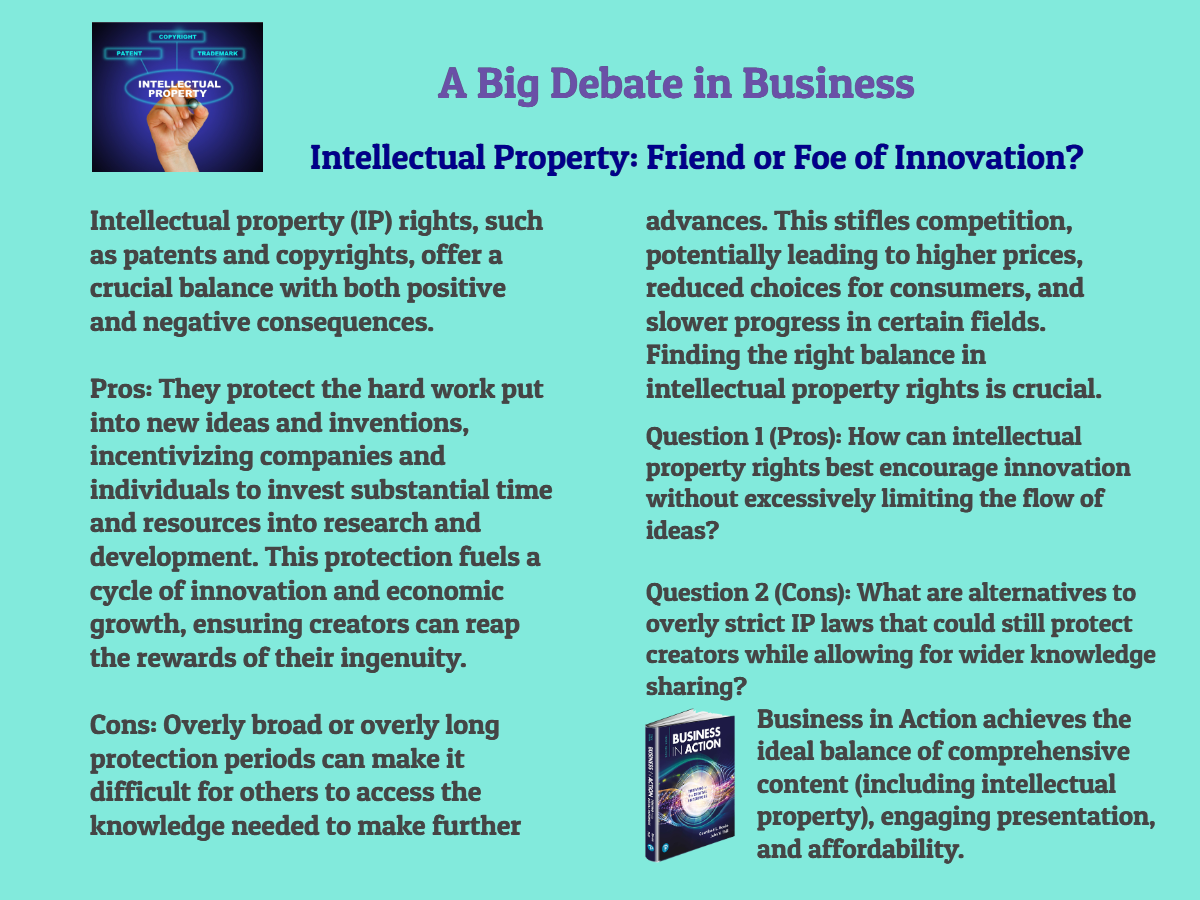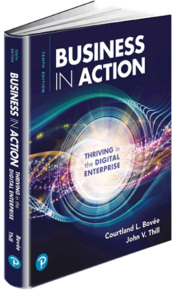
Answers to Discussion Questions:
Question 1: Have you ever changed your shopping habits or chosen a specific store because of a loyalty program? Why or why not?
Answer 1 (Yes): "Yes, I definitely choose stores sometimes based on their rewards. If I'm comparing similar items, I might go for the one at a place where I earn points towards something I actually want."
Answer 2 (No): "Not really. I find loyalty programs usually too complicated. I'm less likely to shop somewhere if I have to keep track of a card or app for minimal rewards."
Question 2: What do you think makes a loyalty program truly appealing? What kind of rewards or benefits would make you more likely to participate?
Answer 1 (Value): "I like immediate benefits, like small discounts or free samples with a certain amount spent, rather than needing to save points for ages."
Answer 2 (Personalization): "Rewards based on my purchase history would be great. If I frequently buy items from a certain category, offers or coupons related to that would be much more enticing."
 Business in Action covers intellectual property rights and their implications in a balanced manner that informs students about both the pros and cons. Here are some ways it may address this topic:
Business in Action covers intellectual property rights and their implications in a balanced manner that informs students about both the pros and cons. Here are some ways it may address this topic:
-
Defining Intellectual Property Rights The book likely provides clear definitions and explanations of different forms of IP protection like patents, copyrights, trademarks, etc. and their purpose in protecting innovators' work.
-
Rationale for IP Rights It explores the rationale behind IP rights – incentivizing innovation by allowing creators/inventors to reap rewards from their efforts, thereby fueling economic growth. This ties to the "pros" you mentioned.
-
Types of IP Violations
The textbook probably discusses different violations like patent infringement, piracy, counterfeiting etc. to explain what constitutes IP theft or misuse.
-
Costs and Consequences It likely examines the potential downsides of overly broad/lengthy protections that can stifle competition, raise costs for consumers and inhibit subsequent innovation – aligning with the "cons" noted.
- Case Studies Using real-world examples and legal cases, the book illustrates the nuances of IP rights and the delicate balance required between incentivizing innovation and enabling access/progress.